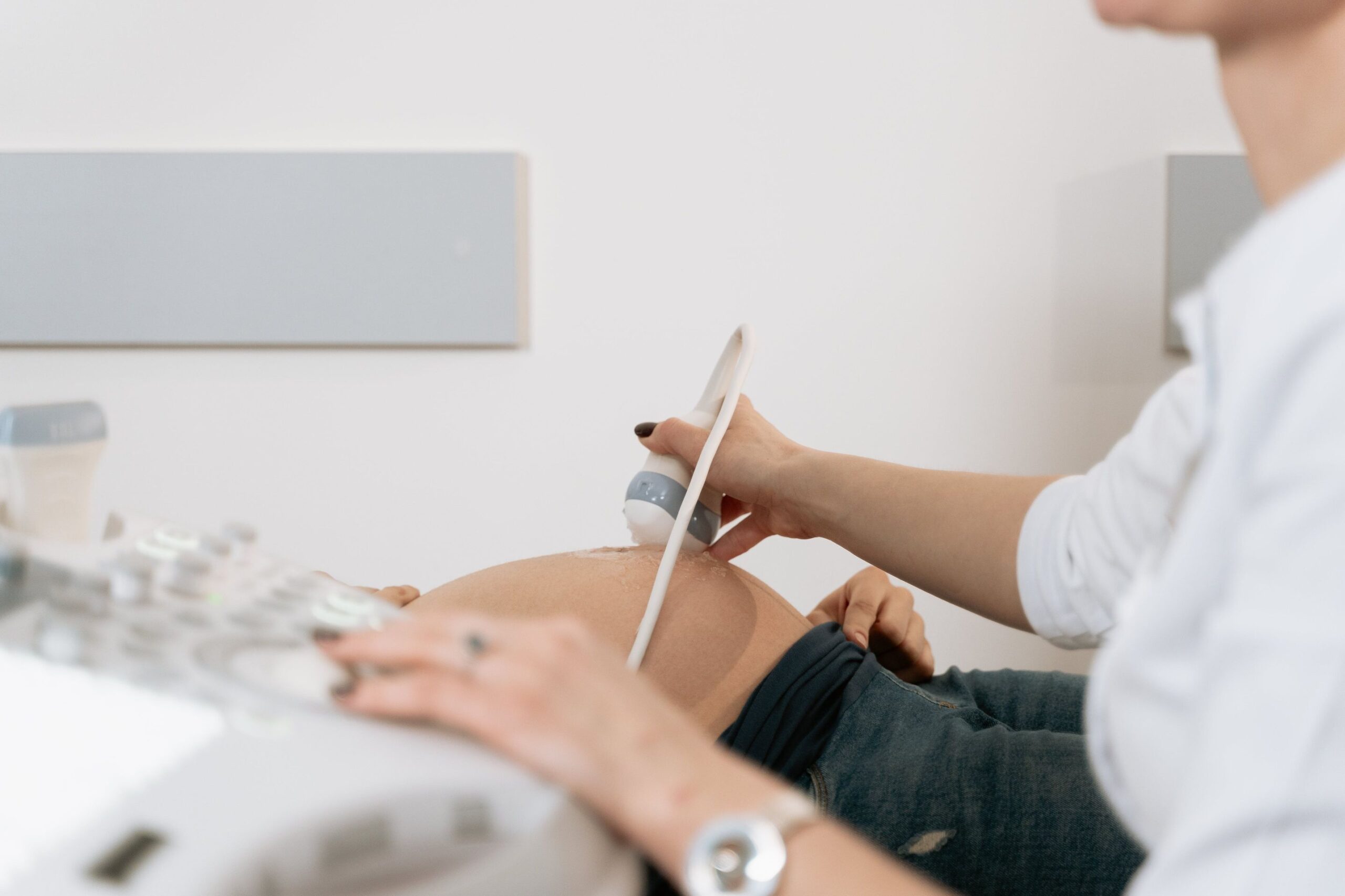Ultrasound imaging utilizes sound waves to create images of tissues and Doppler techniques to measure blood velocity. Recent advances in technology now allow accurate imaging of rat and mouse hearts, kidneys, and tumors. This development has expanded ultrasound’s role in research, enabling non-invasive evaluation of cardiac function and guiding injections into mouse embryos. Various ultrasound modalities like biomicroscopy and contrast-enhanced imaging have been adapted for rodents, marking significant advancements in both research techniques and potential replacements for invasive methods.
0










